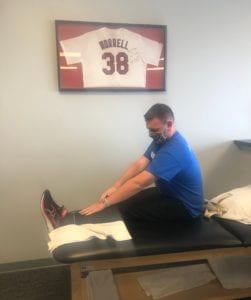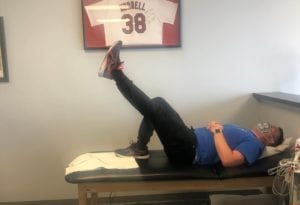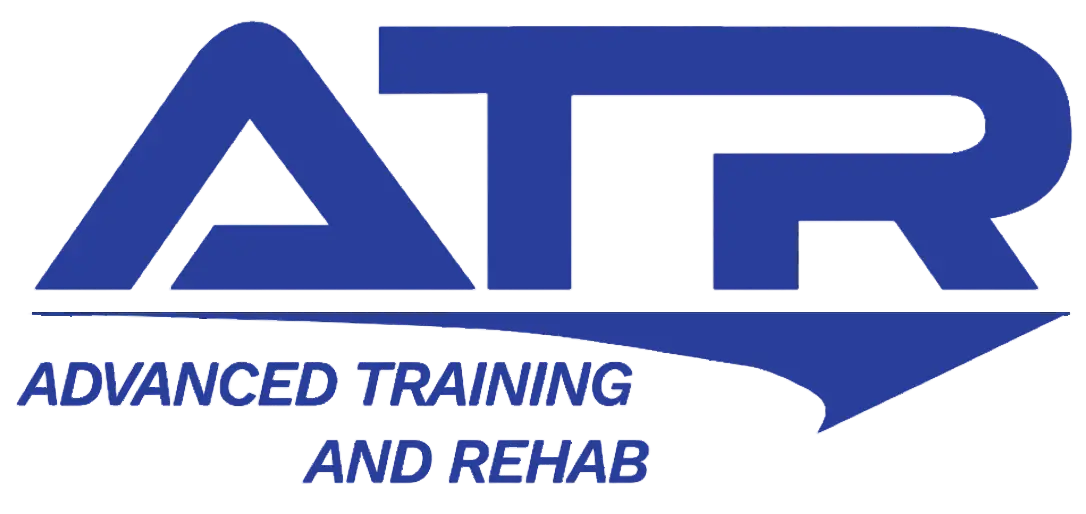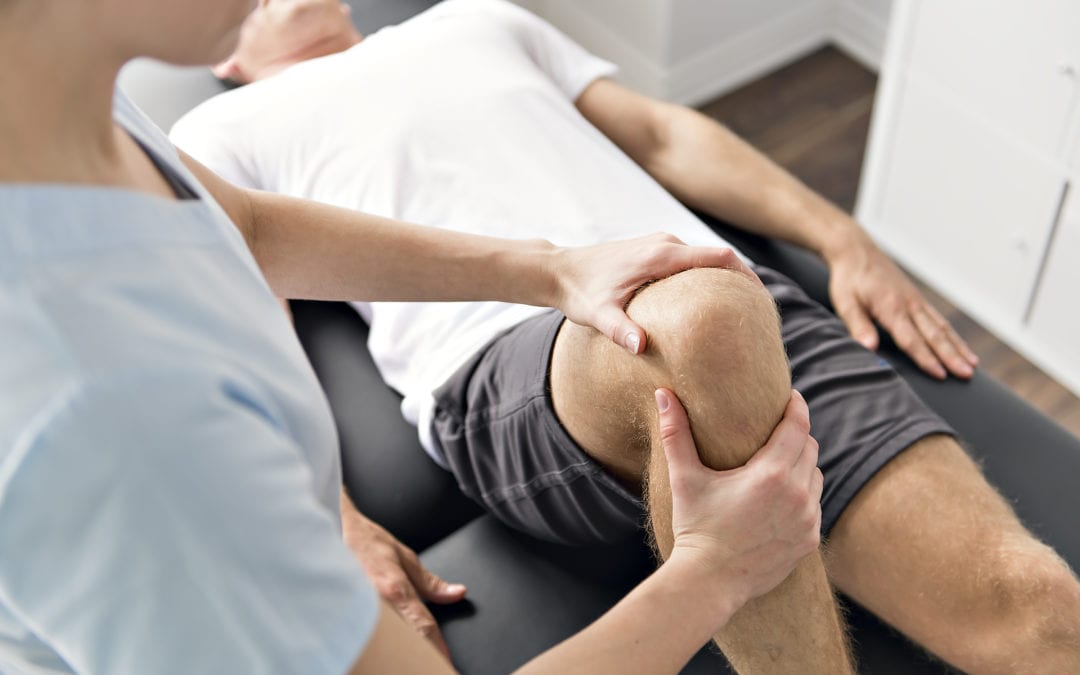Diagnosis and Treatment of Knee Osteoarthritis (OA)
What is Knee OA?
Osteoarthritis (OA) is the most common type of arthritis in the knee joint. With OA, the cartilage in the knee joint gradually wears away and the space between the bones decreases which can result in painful bone rubbing and bone spurs. Knee OA is typically seen in people 50 and over in age.
Symptoms of Knee OA
- Stiffness and swelling of the knee
- Feeling of warmth in the knee joint
- Pain that increases with activity (walking, standing, stair climbing, squatting)
- Stiffness that is worse in the morning or after sitting for long periods
- Feeling of weakness or buckling in the knee
- Joint crepitus (clicking, creaking, grinding, etc.)
When Should You See a Specialist?
You should see a specialist if you have pain in your knee limiting you with daily tasks such as walking, stairs, and sit to stand. If pain prevents you from sleeping well, you should see your doctor. Seeking treatment, especially physical therapy, early on can help to slow the progression of osteoarthritis.
An MD can determine the severity of osteoarthritis using Xrays and help to determine the progression of treatment.
Acute Treatment
When going through an acute flare up of knee OA, there are several options to help control pain and swelling.
- Apply heat or ice to your knees
- Take over-the-counter anti-inflammatory or pain relieving medications (be sure to consult with your MD before taking any medication)
- Rest or activity modification (think low-impact such as biking or swimming)
- Elevating your knees to decrease swelling
- Stretching and strengthening exercises to improve flexibility and strength (examples below)
Seated Hamstring Stretch

- Sit with affected leg straight on bench as shown
- Lean forward, keeping the back straight, so that a stretch is felt
- Hold 10 seconds
- 10 repetitions, 1-2 times per day
Knee Flexion Stretch

- Lie on back with legs straight
- Use belt to help slide affected side heel up toward your body as shown
- Hold 10 seconds, slowly reverse
- 10 repetitions, 1-2 times per day
Straight Leg Raise

- Lie on back with affected knee straight and the other knee bent as shown
- Keep the leg completely straight, then raise it to even with opposite knee
- 30 repetitions, 1-2 times per day
Can PT help?
YES! Once you have received a diagnosis of knee OA, your physical therapist will design an individualized treatment program specific to your goals. Physical therapy can help to improve the range of motion and flexibility of your knee joints as well as to increase the strength of the muscles in your leg. Improving the strength of the muscles surrounding the hip and knee can help to decrease the stress on the knee joint with weight bearing activities.
Author: Jenna Keller, DPT
To schedule an appointment with one of our specialists call a location near you today!




